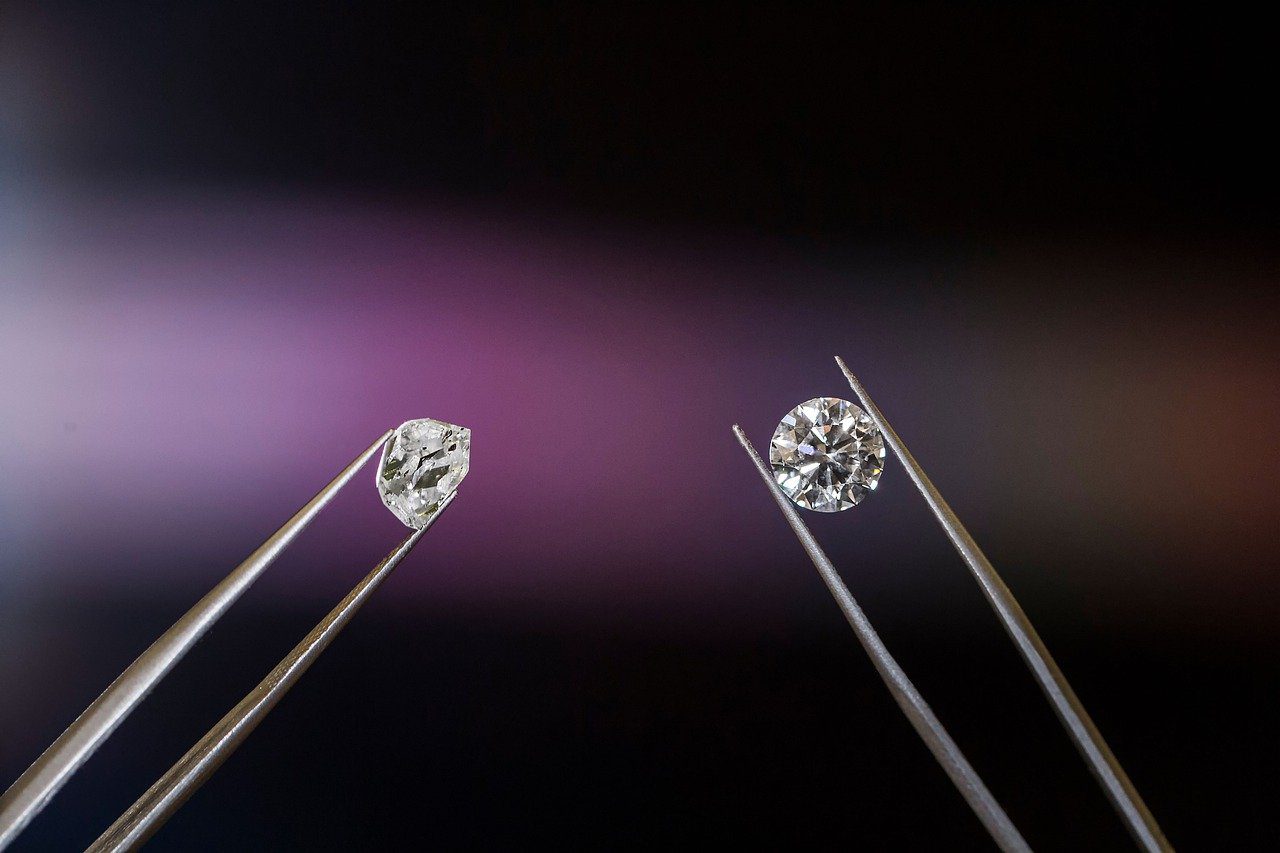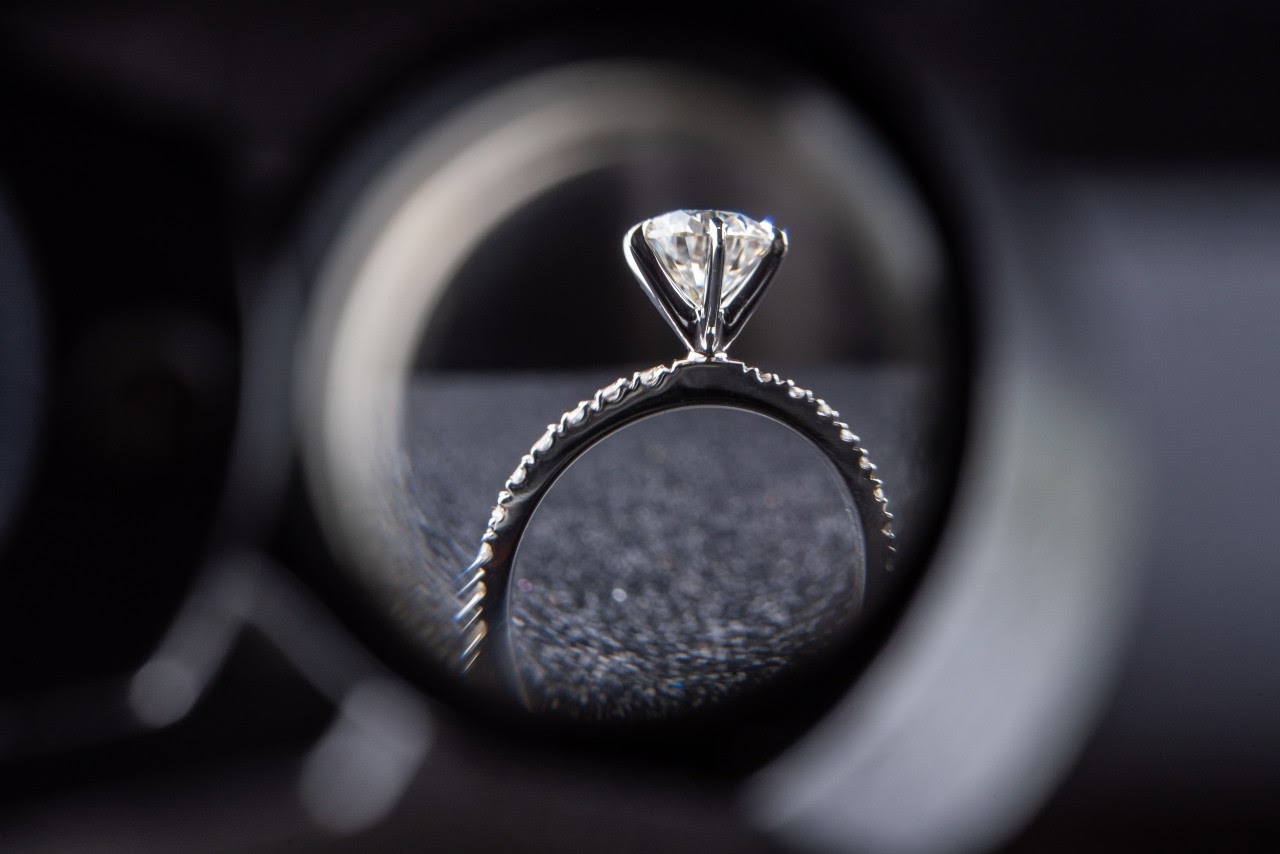As women are becoming increasingly conscious of their style, many are turning to lab-grown diamonds as an attractive alternative to traditional options. Lab-grown diamonds offer the same sparkle and beauty as mined diamonds at a fraction of the cost.
With their eco-friendly production process, these stones are also a socially responsible choice. Moreover, they come in various shapes and sizes which makes them accessible even to those with limited budgets.
More and more women are embracing this ethical and affordable way to add glamour to their everyday look while making sure that no one was harmed in the production process.
Advantages of Lab-Grown Diamonds
Lab-grown diamonds offer a variety of advantages for those looking for the perfect engagement ring. Man made diamonds are more affordable than traditional diamonds and can offer greater value in terms of carats.
Lab-grown diamonds are also free from the ethical issues that come with sourcing real diamonds from mines, making them an attractive option to eco-conscious women. Furthermore, lab-grown diamonds tend to be more consistent in terms of color and clarity compared to mined options.
Finally, lab-grown diamonds often have better cut grade ratings than natural stones due to their precise production process which makes them sparkle brighter than ever before! With all these benefits combined, it’s no wonder why so many women are choosing lab-grown diamond rings over traditional options.
Ethical and Environmental Benefits

Lab-grown diamonds offer a range of ethical and environmental benefits when compared to traditional options. The production of lab-grown diamonds is much cleaner, as it does not involve the harmful mining process associated with natural diamond extraction.
In addition, they are carbon-neutral due to their creation in a laboratory environment rather than extracting them from the earth’s crust. Lab-grown diamonds also allow for greater transparency in terms of pricing and authenticity, meaning customers can rest assured that they are receiving an ethically sourced gemstone at an affordable price.
Furthermore, since no two lab-grown diamonds are identical, customers have unique access to one–of–a–kind stones with exclusive designs and cuts which may be hard or impossible to find otherwise.
As such, women choosing lab-grown diamonds over traditional options enjoy peace of mind knowing that their purchase supports sustainable practices while providing a beautiful piece of jewelry that will last forever.
Price Points That Make Lab-Grown Diamonds Attractive
When shopping for a diamond, price is often the deciding factor. Fortunately, lab-grown diamonds offer an attractive solution to this challenge as they come at a fraction of the cost of traditionally mined diamonds.
Not only are these man-made gems typically 30-40% cheaper than their natural counterparts, but many brands also offer financing options or payment plans so that customers can spread out payments over time.
This makes it easier for buyers to find stunning lab-grown stones in their budget and enjoy the same quality and beauty found in natural diamonds without breaking the bank.
Quality Differences Between Lab-Grown and Natural Stones

The quality differences between lab-grown and natural stones are an important factor for women to consider when choosing a diamond. Natural diamonds, which have been shaped by nature over millions of years, often boast unique characteristics that can’t be replicated in the laboratory.
While these gems might contain slight imperfections or blemishes, they may also include features such as clarity, color, and cut that is impossible to replicate with lab-created stones.
On the other hand, lab-grown diamonds have uniformity in size and shape and offer higher clarity than their naturally occurring counterparts while still maintaining affordability.
In addition, some jewelers argue that since lab-grown diamonds experience less wear during their formation process compared to those formed over millions of years deep underground, they are more durable overall than natural stones.
Ultimately it comes down to personal preference; both options possess distinct qualities but there is no denying that each offers something special in its own right.










